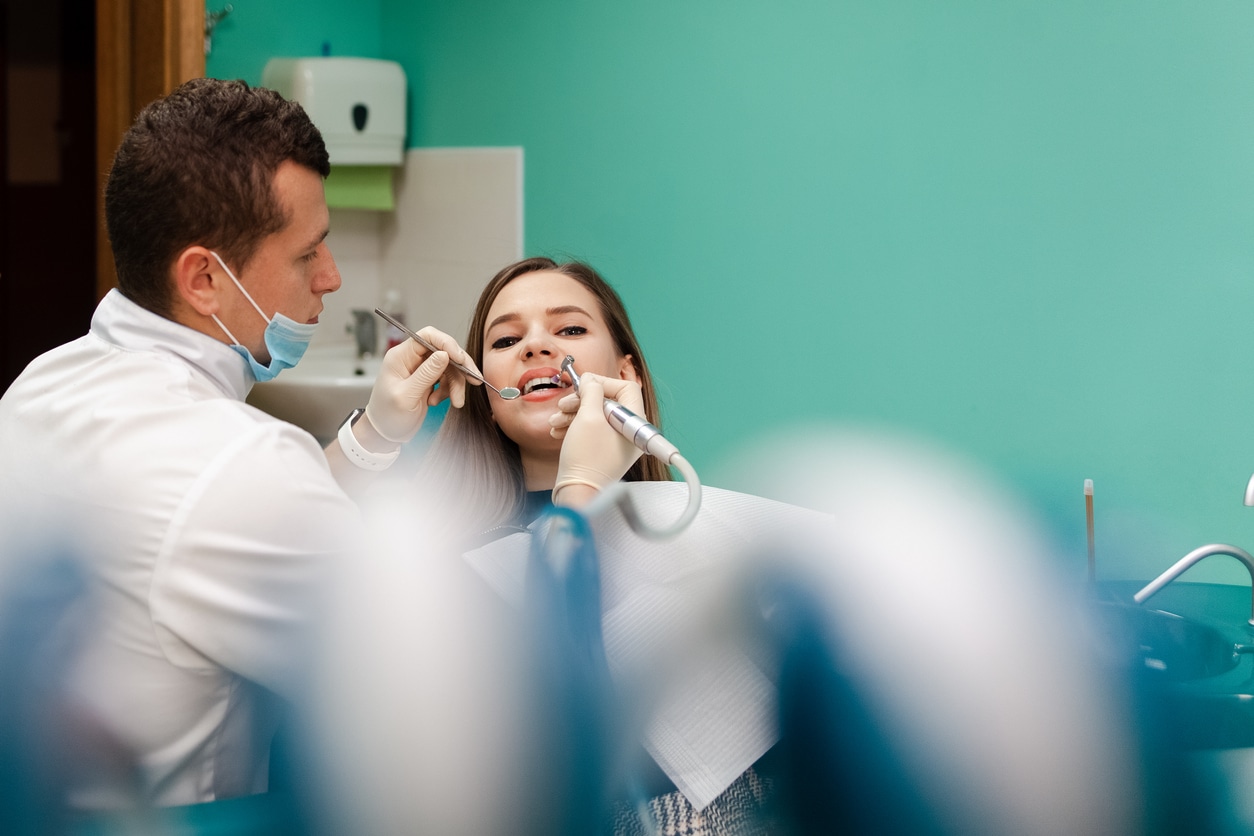Cosmetic Bonding

We reserve most cosmetic dental treatments for adulthood, but bonding is one of the few exceptions to this. Cosmetic bonding is a dental procedure in which we correct small structural imperfections with a tooth-colored resin material. Bonding is safe, affordable, and effective; no anesthesia is needed because it’s painless and quick. In pediatric dentistry, we use cosmetic bonding to:
- Cover significant stains and discoloration (I.e., making a “dead tooth” appear whiter)
- Correcting teeth that have chips
- Fixing small cracks that have not reached the tooth’s pulp and other minor structural damage to teeth
With children, accidents happen and when a front tooth has been chipped, they can feel self-conscious about their smile. Bonding allows us to restore their confidence in one simple office visit.
How Bonding Works
The bonding process begins by removing a small amount of enamel to roughen the surface of the tooth. A special conditioning liquid is applied to the remaining enamel, which helps prepare it for the bonding agent, a composite resin that matches the rest of your child’s teeth. After the resin is applied, we use tools to smooth and shape it, continuing to work until the tooth looks completely natural and blends in with the adjacent teeth. An ultraviolet curing light is used to harden the material, then the shape of the tooth is refined further if needed. As a final step, the restored tooth is polished to make the surface appear realistic. From start to finish, the process of cosmetic bonding takes under an hour for most patients.
Caring for Bonded Teeth
You may wonder how long a bonded tooth will last. This depends on a variety of factors, including your child’s age, habits, and the location of the bonded tooth. The composite resin used to bond a front tooth is likely to fall off earlier than bonding on another tooth because children have a tendency to use their front teeth to bite toys, pencils, fingernails, and other items that can cause damage.
For an adult, we expect bonding to last between three to ten years, but with children, this timespan is likely shorter. Biting into hard foods like carrots and apples and chewing on sticky candies should be avoided; skip the candy altogether and cut the hard fruits and vegetables into pieces before serving them to your child. Children who have a habit of teeth grinding and inappropriate biting may not be good candidates for bonding.
FAQs About Cosmetic Bonding
How long does cosmetic bonding last?
Cosmetic bonding lasts about 5 years, although its lifespan depends on the amount of bonding, its location in the mouth, and your child’s oral habits.
Is bonding better than veneers?
Bonding is a better option than veneers for children. When your child reaches adulthood, they can make the decision for themselves whether they’d like to replace their bonding with a veneer.
Does bonding damage teeth?
No, bonding doesn’t damage teeth. The enamel on the surface is simply “roughened up” which allows the composite material to adhere to the tooth.
Can a front tooth be bonded?
Yes, front teeth can be bonded to cover stains, fill in chips, or reshape teeth that are malformed. Bonding is an excellent option for damaged front teeth!
Is dental bonding noticeable?
No, dental bonding isn’t noticeable. We take great care to match the bonding material to the rest of your child’s tooth and then sculpt this material with meticulous detail to ensure that it looks completely natural and blends in with your child’s smile.
